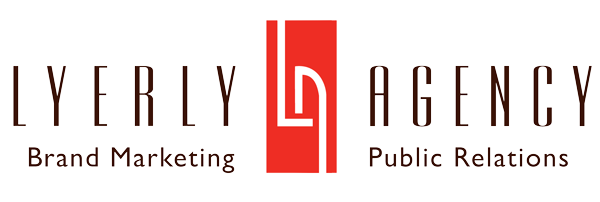As published by The Gaston Gazette:
(10/25/15) BELMONT, N.C. – The trade tools of market research – surveys, interviews, focus groups, etc. – are at the disposal of any business. Whether faced with creative uncertainties or simply wanting to gauge target audience opinions about a brand or product, research helps guide your business decisions before diving into the crowded marketplace. But what research will work best for gaining the most accurate results for your unfolding idea or project?
The argument has long existed – quality or quantity? Will your business marketing campaign better benefit from learning what people want, need or favor – or from the reasons they hold these preferences?
Quantitative and qualitative research methods allow individuals, organizations, businesses, etc. to discover crucial answers to various decision-making questions. From product and creative message testing to fundraising focus groups and one-on-one informational interviews, these techniques provide points of data collection that assist in aligning marketing campaigns toward target audiences. But which method – and its specific action tools – is best for your business and its marketing strategies?
- Take the quantitative approach. If you are a “numbers” person, then quantitative analysis speaks your language. The quantitative approach to research takes an objective approach, collecting information most often via surveys. This particular approach allows results to be generalized to audiences beyond those studied. For example, if 75 random adults ages 25-50 prefer Brand A over Brand B, your business can apply this knowledge to that entire age population. You can also sample a significantly large and random population utilizing this method – for instance, if you poll randomly selected adults across the United States about your product and its potential brand. Want to know how many potential customers prefer Brand A (or B, C or D) for your new product? Collect figures through an online survey and in days, weeks or months, your business can launch its brand research preference. Quantitative-accumulated data is often statistically presented through charts or spreadsheets and benchmarked details for future comparisons. For example, your survey of 1,000 random adults showed a preference for Brand A with 770 responses and Brand B earned 230. As you debate strategy, including campaign or product implementation, strict facts prove significantly useful in gauging audience preference, how strongly your audience feels about a topic or idea, and how many audience members feel a specific way.
- Try it qualitatively. If you’re more interested in people’s robust opinions and exploring the reasons for their responses, then qualitative research and its semi-structured approaches will suit your campaign. This in-depth means of exploration uses methods such as interviews and focus groups for discovering the “why” behind straightforward replies. Your business is examining Brand A and Brand B, but you’re unsure if those resonate with the community. By conducting a small focus group – typically 10-12 people – and presenting both options, these individuals have an opportunity to discuss the brands, why they are meaningful, why they work well or fall flat, offer suggestive changes and present new ideas. Qualitative methods focus on perceptions, beliefs, insights and often creative images, rather than numerical data. Collection of this information may include videotaping, audio-recording and/or summarizing the poignant insights that aid in campaign creation.
- What about a mixed-method? More often than not, a well-implemented marketing research project will benefit from a combination of qualitative and quantitative methods. At the onset of the inquiry, qualitative work can point you in the proper direction. For example, informal interviews with key stakeholders or current customers can gauge critical opinions as you begin your marketing campaign. Statistically accurate quantitative methods, however, assist in testing your ideas, products, services, etc. that can signify the opinions of generalized, larger target audiences. This holistic application ensures you not only gain knowledge about “what” people want, but “why” they want it.
Advantages exist to both the quantitative and qualitative methods, but the benefits for your business and its marketing campaign are unique. Implement what works best for your strategic plan, your budget, your time and your skills; as needed, engage with marketing professionals toward the professional implementation of focus groups, surveys and other measures to ensure your campaign research reaps rewarding results.
Lyerly Agency’s President and CEO Elaine Lyerly and Executive Vice President and COO Melia Lyerly share their 35+ years of marketing, advertising, public relations and brand strategy experience with readers each month in a column published by The Gaston Gazette.
